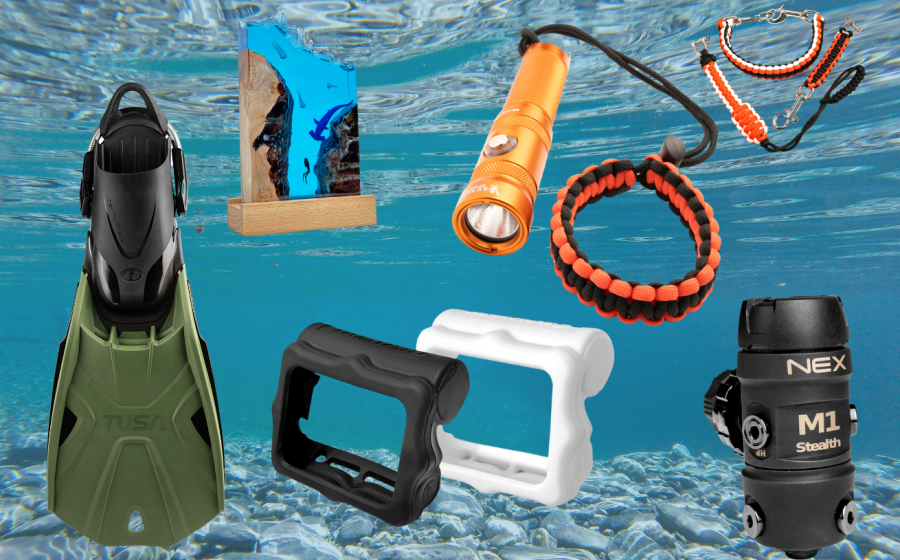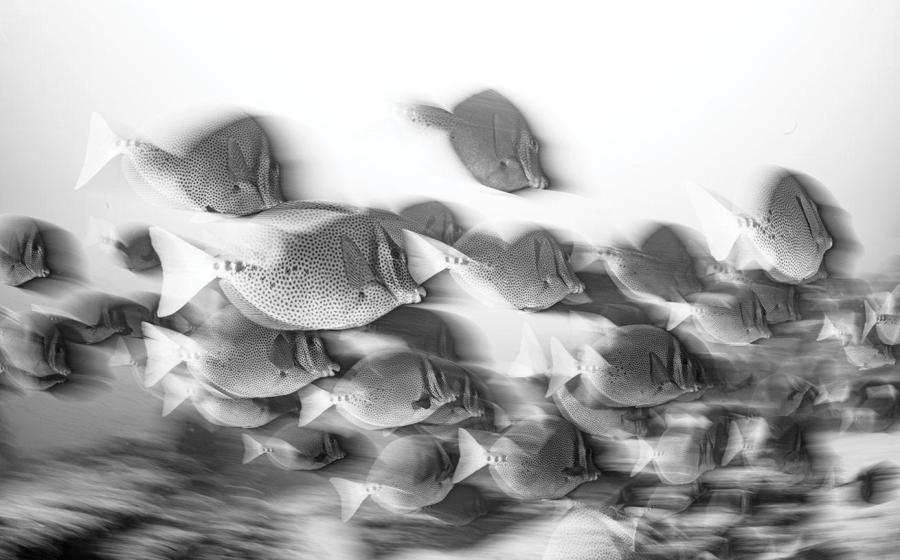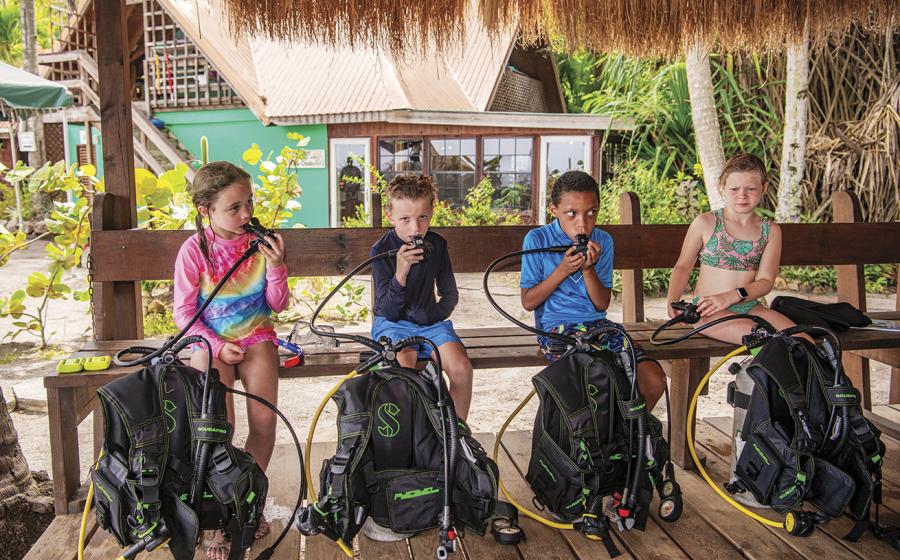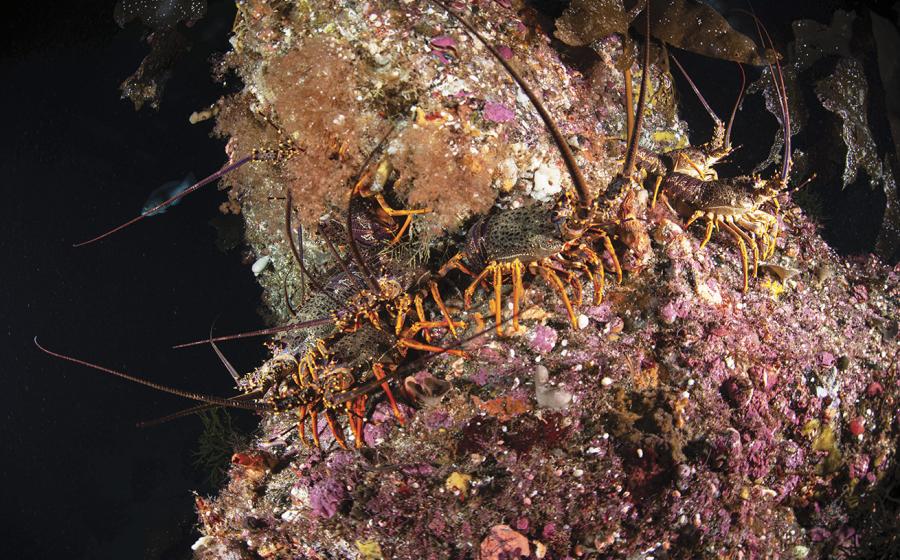Off-the-Grid Diving in Cuba's Jardines de la Reina
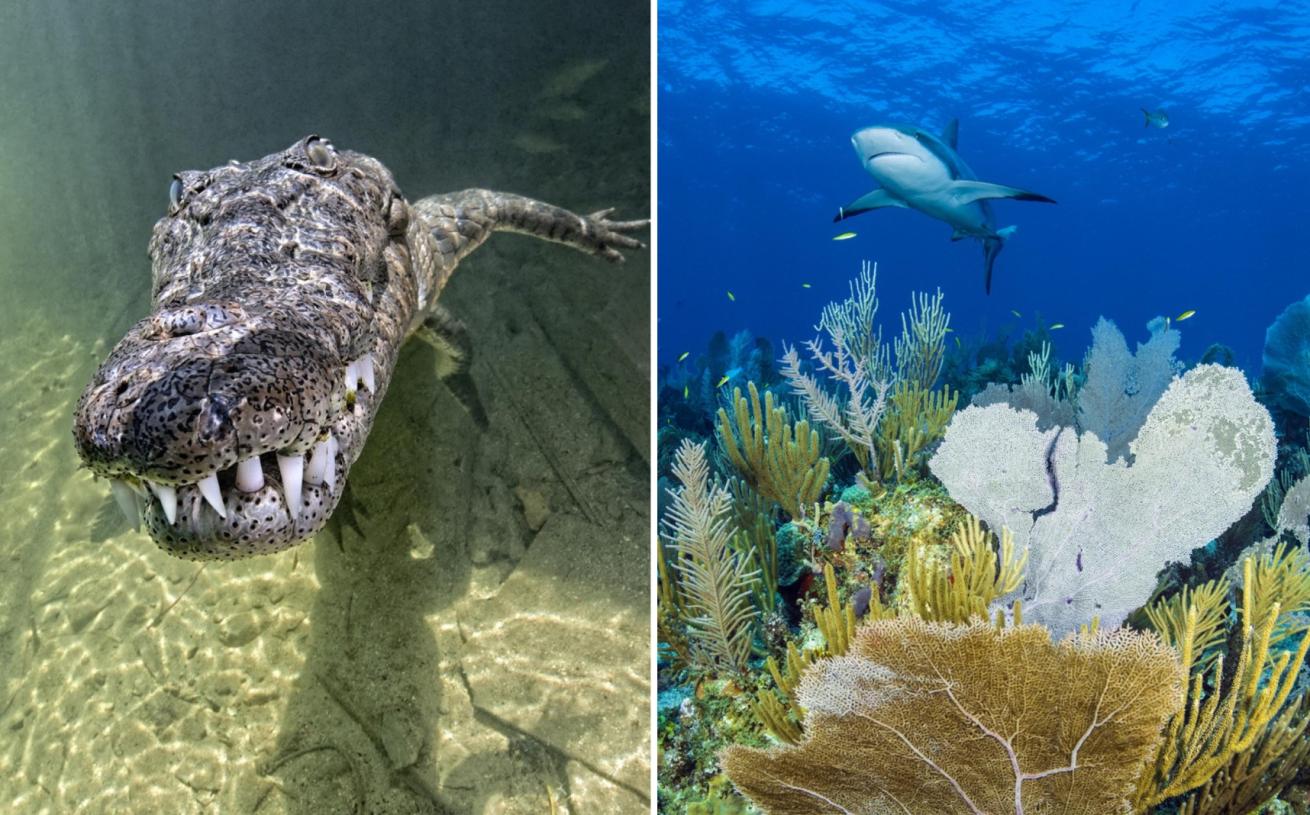
Scott Johnson; Brandon ColeFrom left: An American crocodile patrols the mangroves. Caribbean reef sharks are almost guaranteed on dives in Jardines de la Reina.
Without a thought, I glance at my phone, and my thumb glides mechanically to the Instagram icon and taps. The app immediately reminds me that I have no internet connection. Muscle memory is a hell of a thing. How many times a day do I unconsciously fire up this app simply because, well, it’s there? Embarrassing.
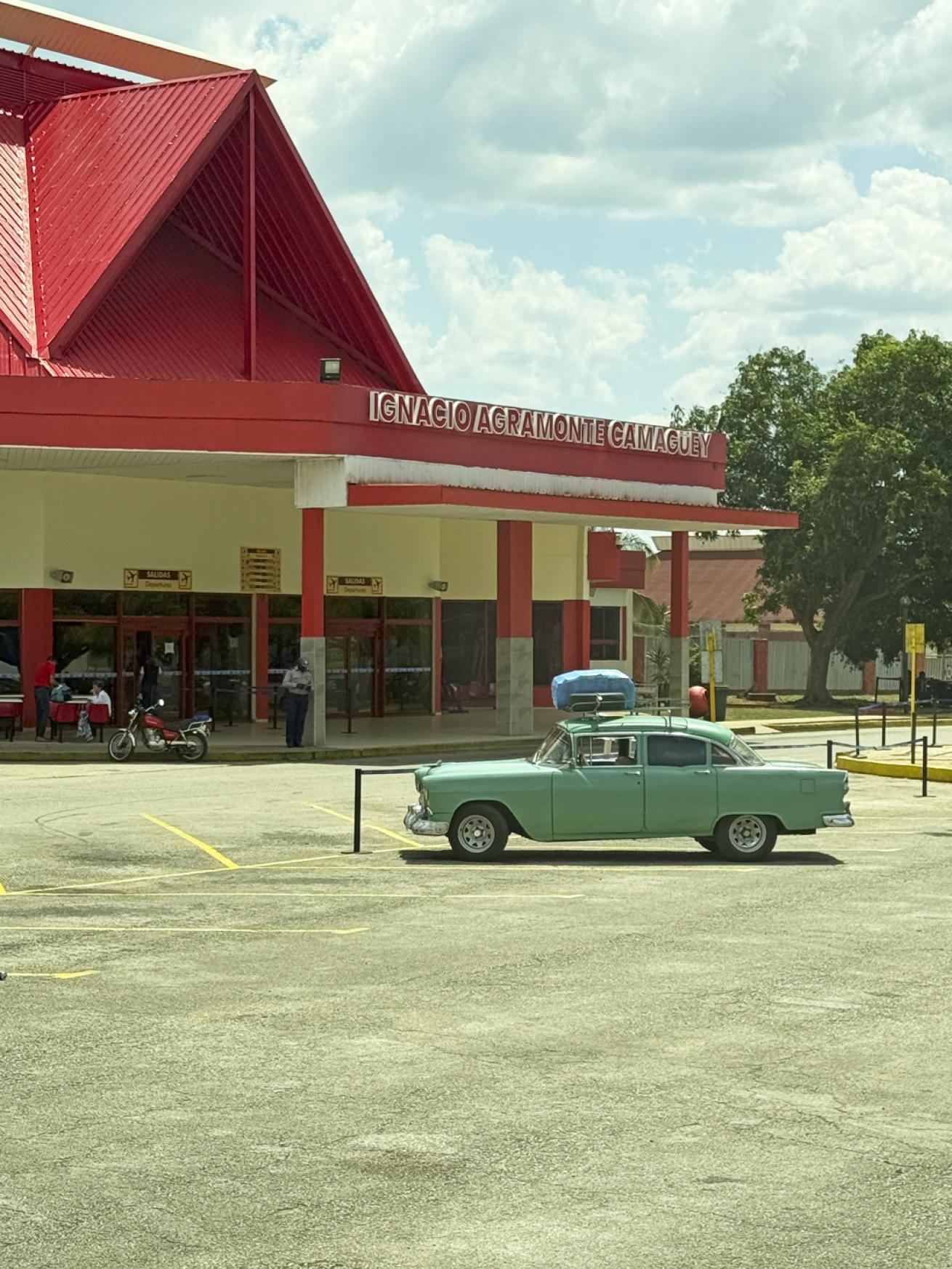
Joshua PramisCamaguey’s airport is the closest to the port.
I choose not to dwell on this.
Instead, I’m focused on the week ahead. I’m aboard All Star Liveaboards’ Avalon IV for a week of diving in Cuba’s Jardines de la Reina (Gardens of the Queen). This archipelago, which stretches for 93 miles and covers 840 square miles, is the third-largest coral reef system on the planet. It has been a protected marine area since 1996. And while it is not immune to the effects of bleaching seen elsewhere in the Caribbean, its protected status has helped to maintain a thriving ecosystem that is still lush with diverse life.
The days ahead will be filled with back-to-back diving in the Caribbean Sea, devoid of the myriad distractions and onslaught of notifications my phone so graciously provides. Because of the marine park’s location 60 miles off the southern coast of Cuba, cell signals are nonexistent, and to ensure a fully immersed dive trip for everyone, Wi-Fi is not available on board—no, not even to check email. Despite being an always connected technophile, I’m grateful for this opportunity to disconnect from the world and reconnect with nature.
Unlike most liveaboards, Avalon IV generally doesn’t move once it anchors, cozily tucked in among the mangroves that make up much of the Jardines. It’s basically a floating hotel with a handful of tenders that whisk divers away to each dive site, generally no more than 15 minutes away.
The cruise director, Maykel Gonzalez Monzon (Mike), welcomes me aboard, introduces me to the crew and lets me know what to expect. Word on the street is Mike makes a mean mojito—I’m intrigued, despite being a teetotaler. For now, it’s time to settle into my room and relax; it’s going to be a busy week.
Related Reading: Diving in Brazil’s Caribbean-Like Paradise
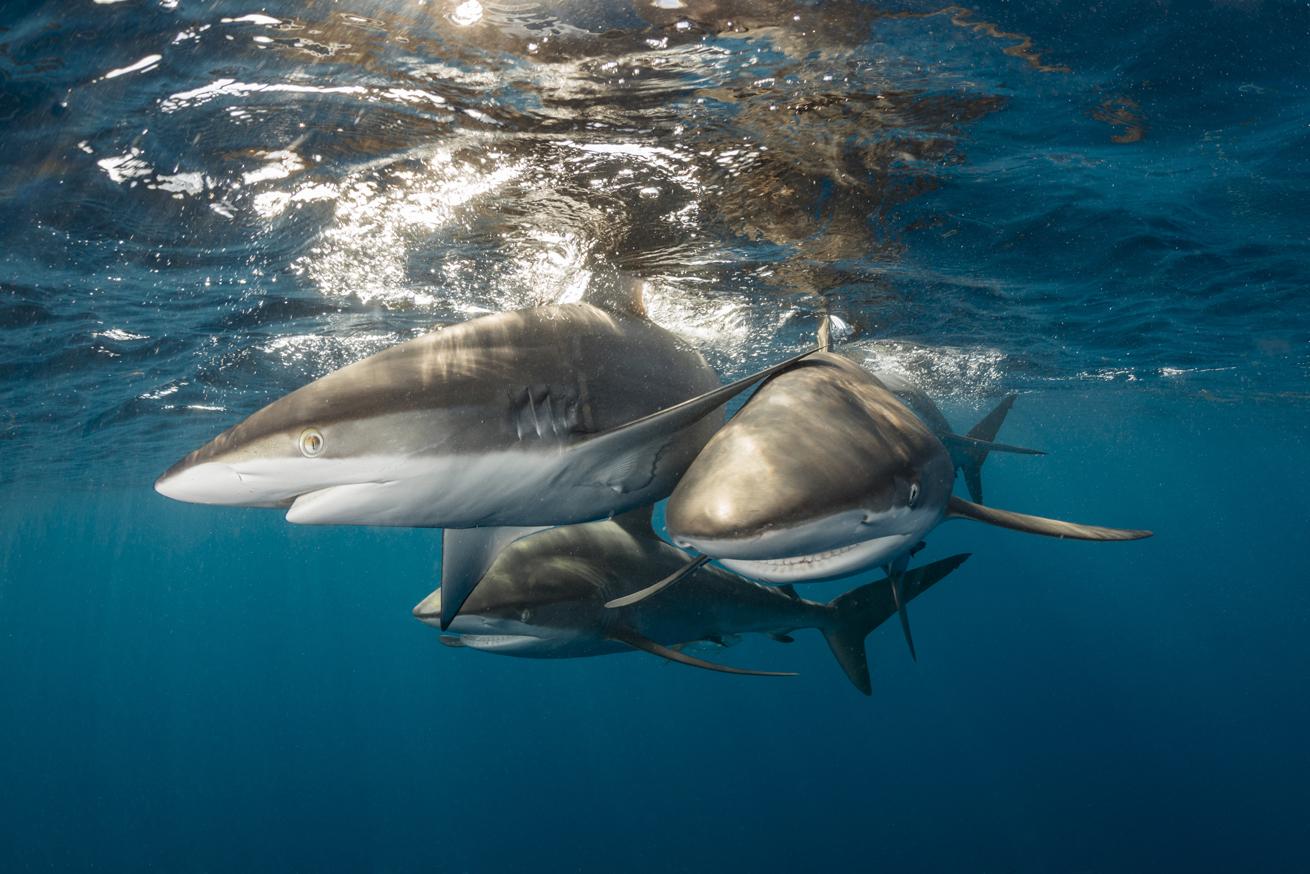
Martin StrmiskaSilky sharks, identifiable by their pointed snouts, are common but tend to be a little more elusive than Caribbean reef sharks here.
A Queen in the Garden
With around 30 divers on this trip, we divide into three groups. I’m on Boat Two with eight others, led by our eagle-eyed dive guides, Leo Espinosa and Ariandy Gonzalez. Their well-honed critter-spotting skills will come in handy throughout the week. Leo delivers our dive brief, sets expectations and then we’re off.
Before I know it, I’m back-rolling off the side of the tender and splashing into the 80-degree water. A relative newbie to the dive scene, I make a mental note to slow down, to linger longer instead of trying to be everywhere all the time. I vow to look closer for animals I might otherwise miss, hidden among the nooks and crannies and branches. Already I can tell there is so much life here. To try to see all of it is to miss most of it.
Not 10 minutes pass before the first Caribbean reef shark presents itself. It gracefully circles in a large loop, appearing to assess this group of weird-looking, metal-backed critters who just splashed down into its backyard. It’s almost easy to forget that these modest-sized sharks (they typically grow no longer than 8 feet) are fierce apex predators, so gentle is their presence. By the week’s end, I’ll lose track of the number of Caribbean reef sharks that swim around and weave through my group; sightings are practically guaranteed on every dive here. Also cruising these waters are nurse, silky and hammerhead sharks. (Divers can even have a lucky encounter with whale sharks, which pass through the area between July and November.)
Related Reading: How Do I Dive Safely With Sharks?
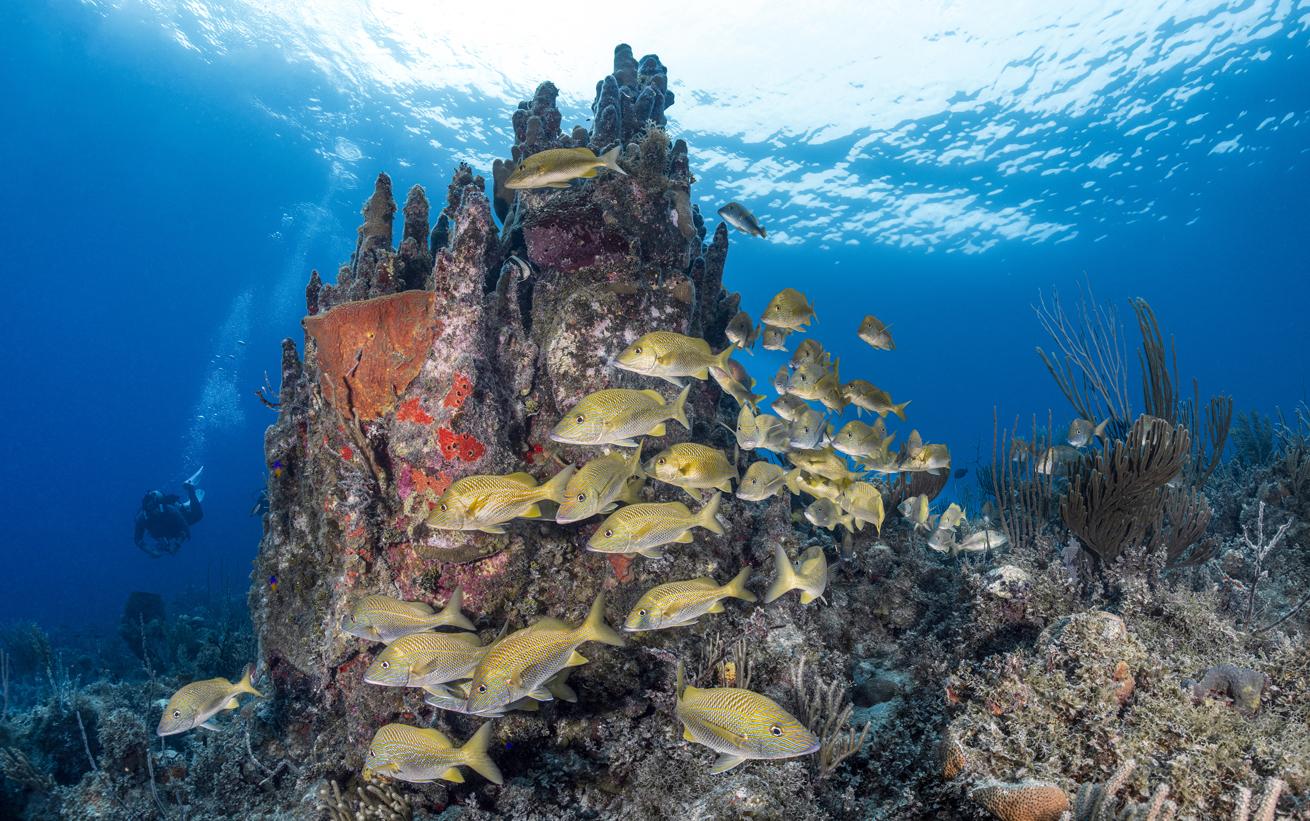
Mark B. HatterBlue-striped grunts swim past a cave that’s home to octopuses.
I VOW TO LOOK CLOSER FOR ANIMALS I MIGHT OTHERWISE MISS...THERE IS SO MUCH LIFE HERE. TO TRY TO SEE ALL OF IT IS TO MISS MOST OF IT.

Joshua PramisLola is a friendly grouper that often follows divers as they explore.
Soon, a massive 500-plus-pound goliath grouper, affectionately named Lola, joins the underwater party. Whenever Lola shows up, she becomes an honorary member of the group; once she spots us, she sticks around like a loyal puppy, one that I resist the urge to pet. There’s intelligence behind those tiny, flittering, bulbous eyes, and whenever she spots a diver closing in to investigate something, she too comes in to assess for herself.
Among the vibrant fish that flutter around me—which include yellowtail snapper with highlighter-color racing stripes down their sides and Atlantic blue tang with fin edges that seem alive with indigo-colored electricity—one stands out: the queen angelfish. An iridescent kaleidoscopic mix of warm and cool hues, she glides past with speed and regal authority, her eyes locked on me with a seemingly smug expression as though wondering why this peasant is in her kingdom. I immediately become obsessed.
But my attention is drawn from this queen when I notice another diver upside-down, her camera pointed toward a shadow in the rocky reef. I slowly approach and am treated to my first green moray eel, its mouth agape in a grin that appears menacing, rows of glistening teeth on full display. I’m beyond ecstatic to see an animal that tops my bucket list so early on.
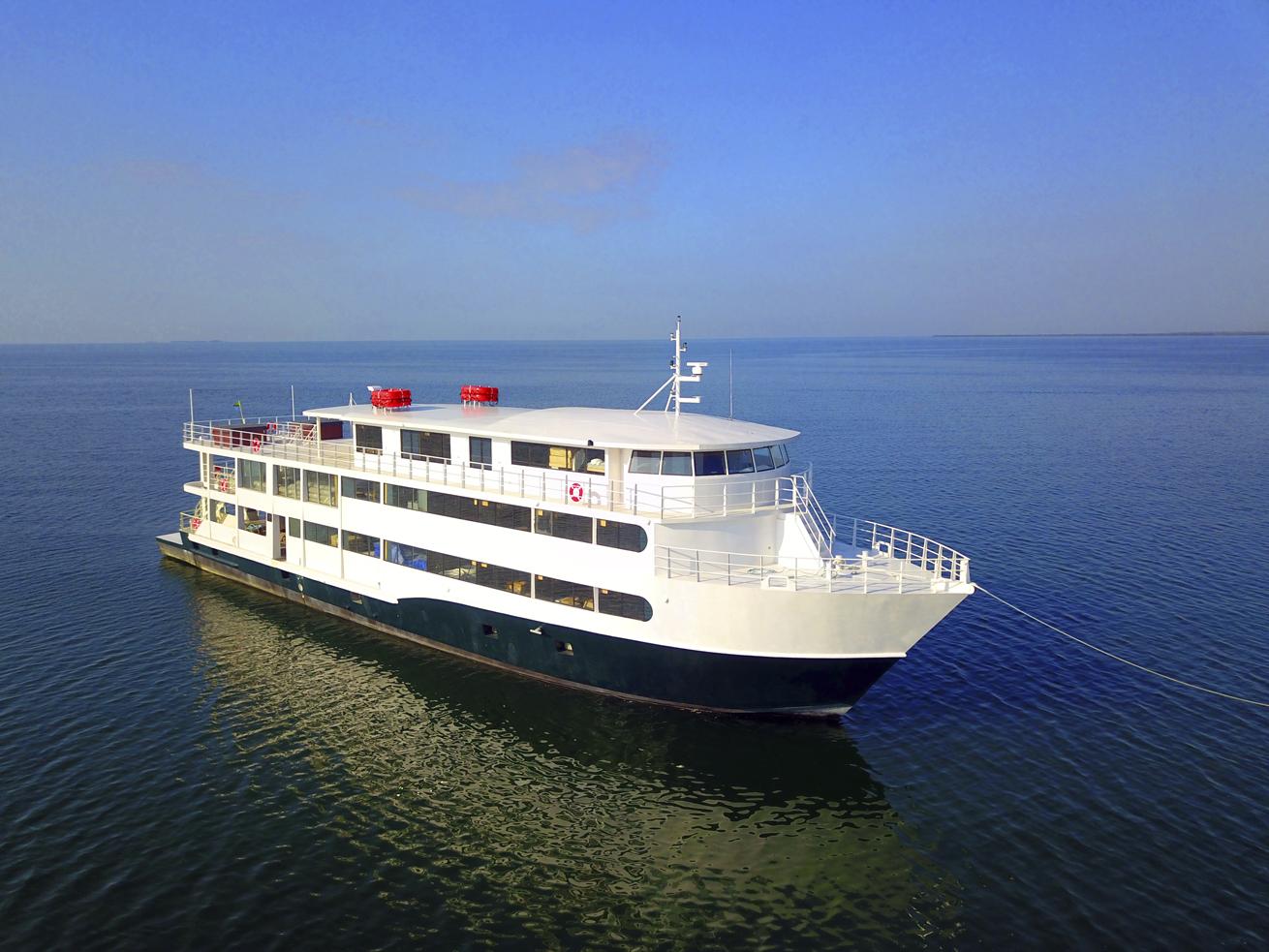
Courtesy All Star LiveaboardsAvalon 4 transports guests some 60 miles south of Cuba for weeklong stays in the Jardines de la Reina.
Back on Avalon IV, we’re met with shouts from the crew. “Hot towel!” We were warned on day one that hearing these two words would be akin to a siren’s song, one of the most irresistibly magical, beckoning sounds human ears have heard. They were right.
Every time I shimmy out of my wetsuit, a fresh-from-the-dryer towel is draped over my shoulders. It’s the simplest thing, but in the moment, it is peak opulence and the perfect precursor to a post-dive shower and nap. Our room’s private showers are spacious, and the water runs shockingly hot. I could spend the rest of my life luxuriating under this life-giving stream, but I keep it brief to conserve resources.
Beasts, Bites and Building Bonds
It’s the third day, and we’re at the dive site Peruano. I’m slowly meandering along a wall. Someone in my group spotted a nudibranch earlier in the week. I’ve never seen one, so I’m on the hunt. But then, from the corner of my eye, I detect movement just ahead of me. I look up and nearly scream when I see a massive spotted eagle ray—its wingspan must be at least 8 feet—as it elegantly takes flight, headed in the opposite direction than we’re traveling, before it turns and disappears into the blue. The whole encounter is done within 30 seconds, but that moment will be with me forever.

Brandon ColeA male jawfish carries eggs in its mouth, where they will remain until they hatch.
The next day, I follow a spot-fin porcupinefish for a few minutes, hoping it will turn toward me and my camera, but I settle for a profile shot and let it go on its way. That afternoon, Lola sees us splash down and sticks around for the entire dive—her curiosity is insatiable.
Back on the boat, the kitchen crew works hard to prepare another feast for us. They’re a modest-but-mighty crew of three, and they churn out a variety of options—and plenty of it—to fill our bellies after long days of diving.
Dinner tonight is a feast from the grill. Sitting down with a plate piled with massive, glistening lobster tails and steamed veggies, I immediately pull out my phone. No, I’m not itching for an Instagram fix. I’ve recently discovered that parrotfish rock some rather goofy-looking grins, and I’m eager to show a video I recorded earlier to my new dive buddy, Catherine Mackenzie. A semi-retired international conservation and forestry consultant from the U.K., Catherine is another solo traveler on board. She reminds me of my late Grandmama in so many ways, particularly her laugh and smile. It’s a comforting bit of familiarity, and we became fast friends upon meeting. The two of us laugh uncontrollably at the humanlike expression on a stoplight parrotfish—this will never not be funny to us.
An Unexpected Twist
We reach the penultimate day of our itinerary, just a handful of dives ahead. I’ve been giddy with anticipation since Leo revealed that our first site, Five Seas, is home to a modest wreck. Another first. We drop down to around 60 feet and begin to explore.
Related Reading: The Tempting Allure of Wreck Diving
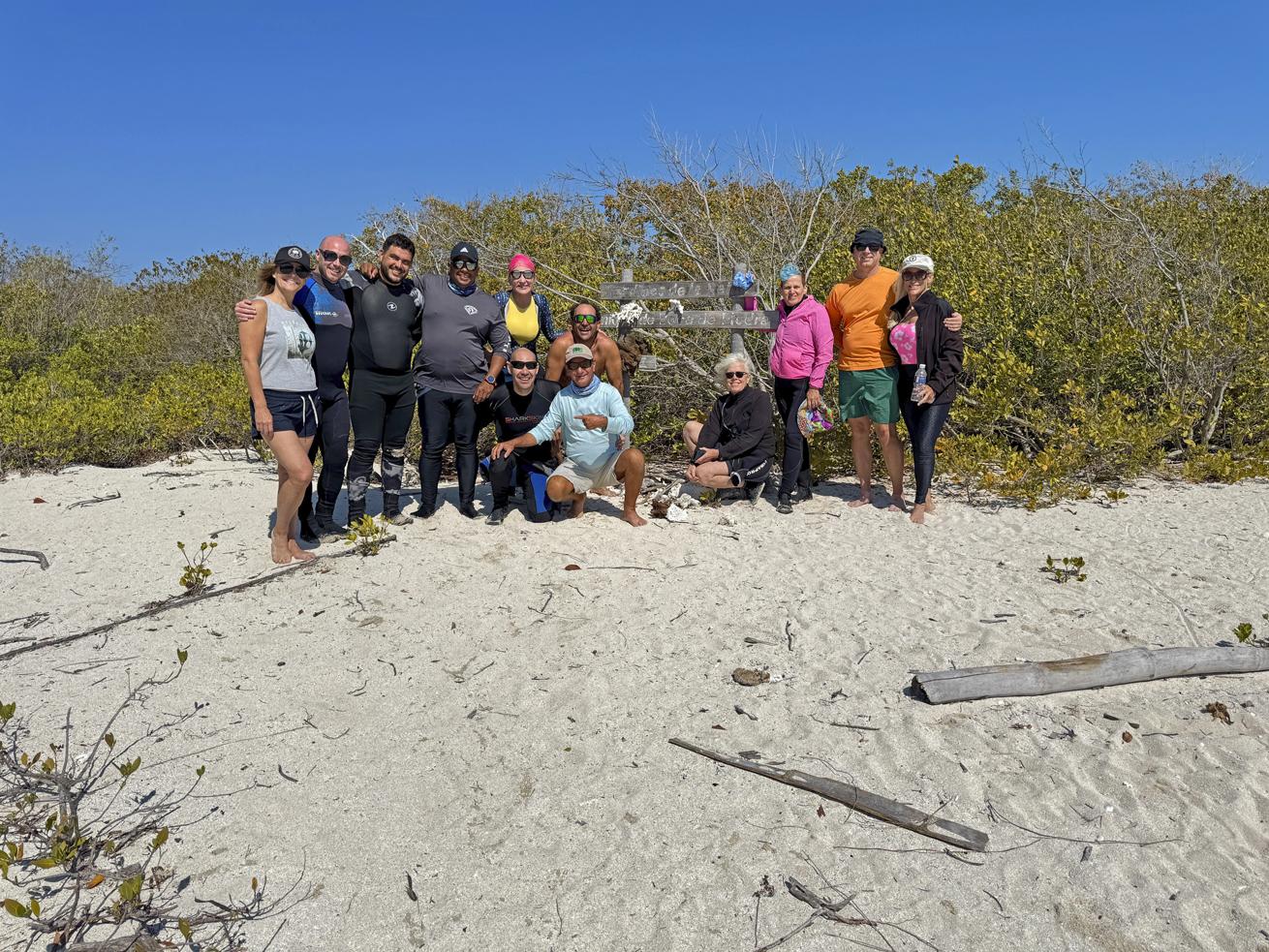
Kristin WrightsonThe cast and crew of Boat Two spend surface intervals on a deserted beach occupied by hutias (above), iguanas and hermit crabs.
Soon, the wall we’re following gives way to a little overhang begging to be explored, so I do. I nearly gasp when I see, tucked in the darkened corner, dozens of massive tarpon floating perfectly still. There isn’t even a quiver of a fin to indicate these are living, breathing creatures, so on point is their buoyancy. I’m in awe, but at the same time, the combination of dim lighting, silence and stillness makes this feel like the perfect setting for a horror film (full concept pending). I take one last look over my shoulder as I move on—just to be safe.
Suddenly, my eyes bulge like a cartoon character suddenly struck by Cupid’s arrow. The remains of the purpose-sunk pilot boat after which this sight was named are there before me. I see two large boxy shapes that I imagine once served as part of the deck. Between them are what appear to be the remains of a ladder, and cast off to the side, I spot a coral-encrusted pipe. The ocean is working diligently to reclaim it, and I wonder how long it will be until nothing is identifiable.
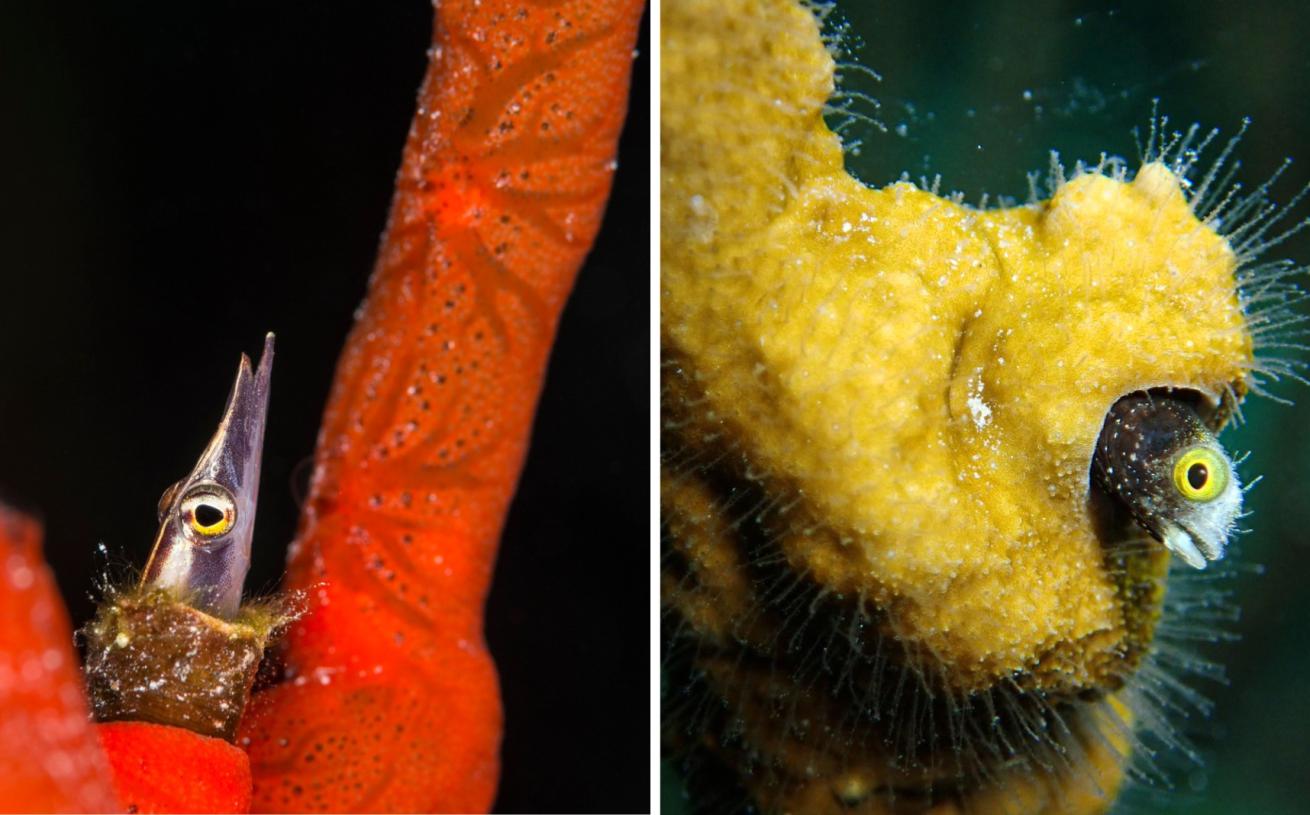
Brandon Cole; Courtesy All Star LiveaboardsFrom left: An arrow blenny curiously begins to emerge from inside a vibrant red tube sponge. A spiny-head blenny pokes its head out from its coral cave.
Then, a snag. At the start of my second dive, I’m unable to equalize one of my ears. After a few minutes, I ultimately decide to abort the dive. It’s a painful decision, but a wise one. It doesn’t take much longer to realize I’m coming down with a cold, and the symptoms hit me fast and hard. Sadly, my diving on this trip has come to an end.
I LOOK UP AND NEARLY SCREAM WHEN I SEE A MASSIVE SPOTTED EAGLE RAY AS IT ELEGANTLY TAKES FLIGHT... BEFORE IT TURNS AND DISAPPEARS INTO THE BLUE.
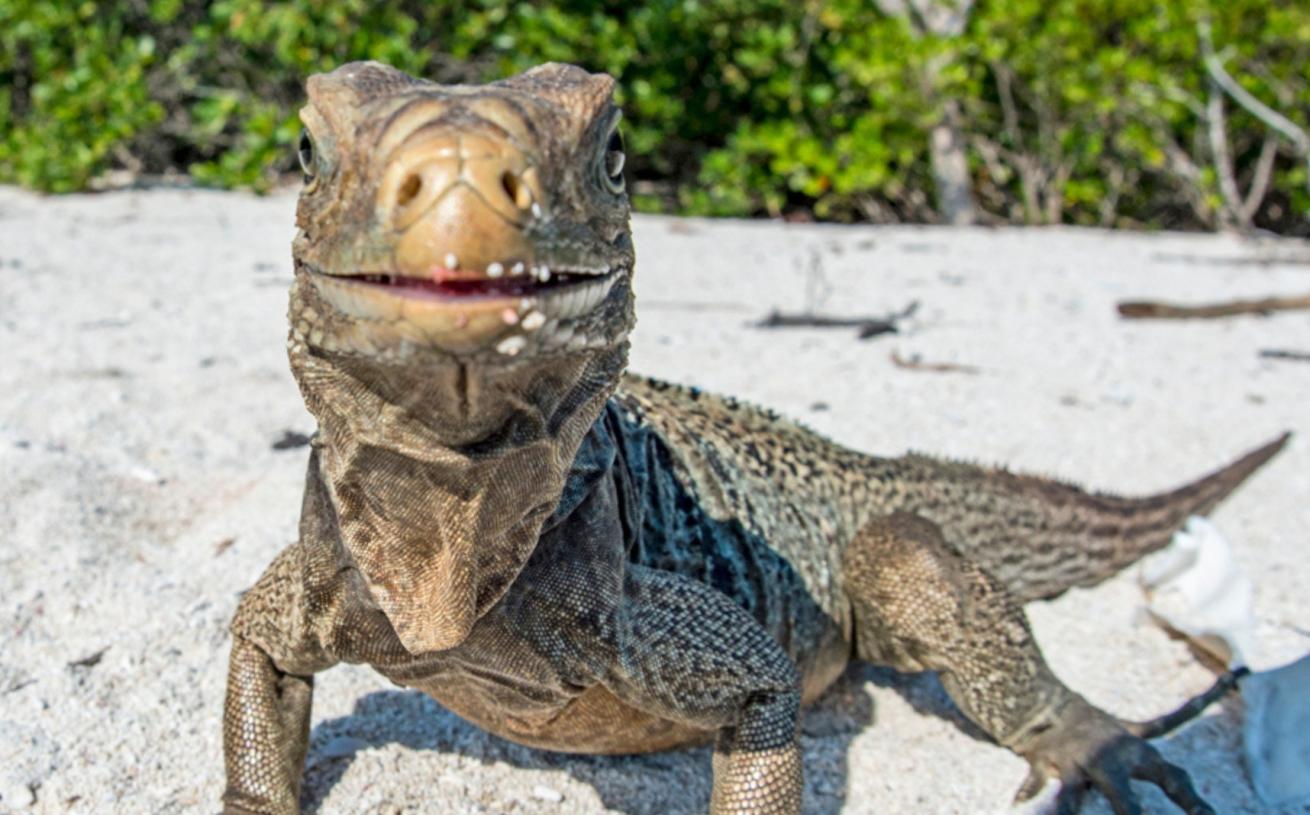
Martin StrmiskaA Cuban rock iguana poses for the camera amid a deserted beach surface interval.
My plans may have changed unexpectedly, but the trip is far from over. I’m still living on a dive yacht parked in the middle of the Caribbean Sea, surrounded by stretches of pristine mangroves. First things first: I pop in my earbuds, fire up a playlist and spend an afternoon soaking up the rays on the sun deck. I wish I were diving, but this is a pretty solid alternative.
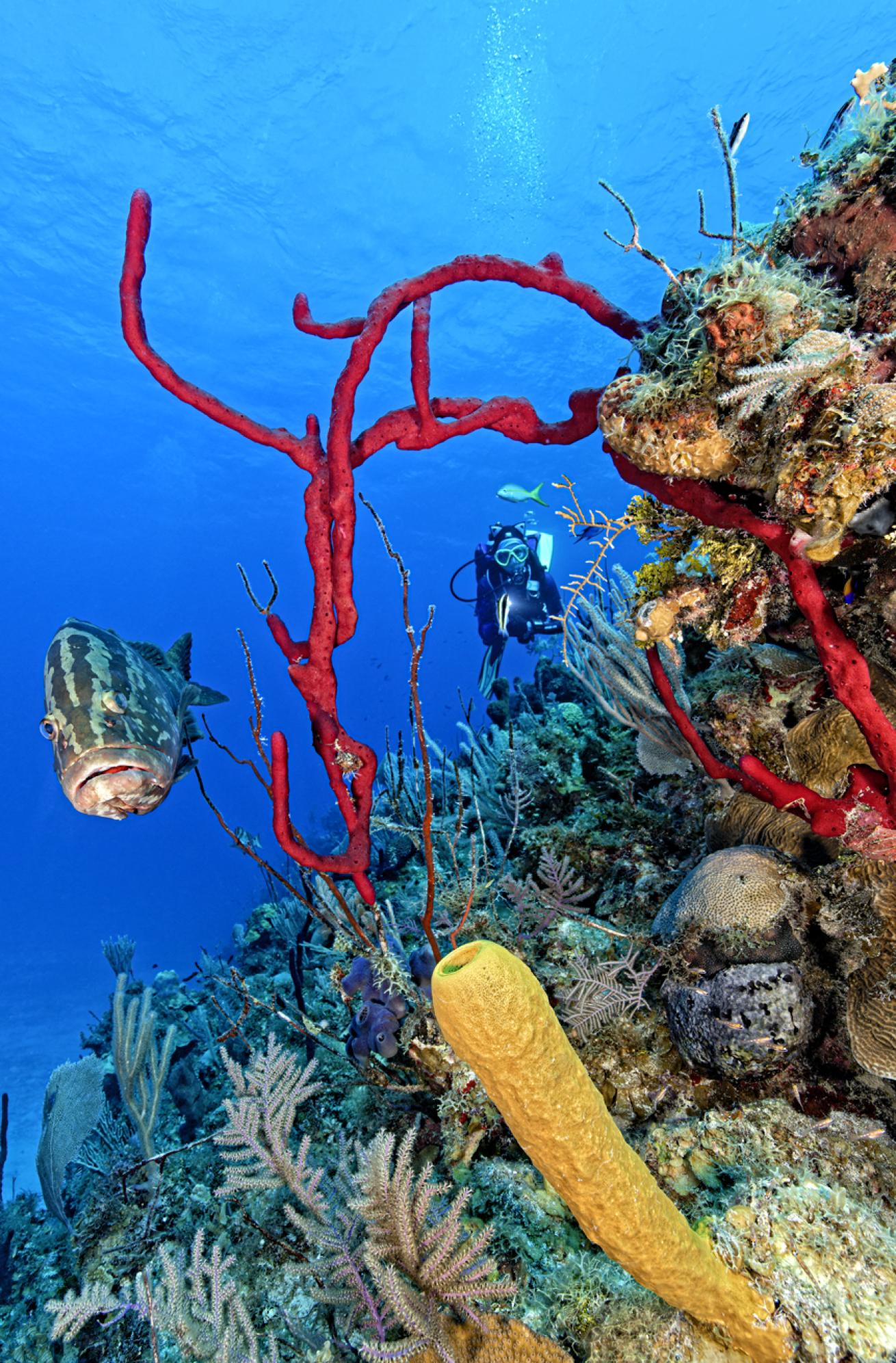
Scott JohnsonA diver explores the colorful reefscape alongside a curious Nassau grouper.
The next morning, it’s time to identify the animals I spotted this week. With just about everyone else out diving, I have Avalon IV’s salon and its collection of animal-identification books to myself. Granted, I have no other option here, but there’s something sublimely satisfying about flipping through a physical book and successfully identifying what I’ve seen. Yellowtail damselfish, longspine squirrelfish, split-crown feather dusters, black durgon, bluestriped grunts and rock hind grouper all suddenly have names. I vow to start my own book collection when I get home and rely less on reverse image searches online.
It’s our last night aboard Avalon IV, and all the divers, dive guides and even some of the boat’s staff gather in the salon. We’re treated to a 13-minute-long video featuring snippets of our adventures from the week. A few minutes in, and there I am on the screen. It’s the first time I’ve seen myself in action underwater, albeit for just a few seconds. I giggle like a small child, and before I know it, my eyes become glossy as a week’s worth of memories flood my mind in rapid succession. I brush away the tears before they fully form. I’m not embarrassed; I just don’t want the attention.
I make my way to the sun deck, where Mike is mixing his famous mojitos. I decide to finally indulge and order one—without the rum. It’s refreshingly crisp, and I finally understand the hype (though the rum may be a deciding factor for some of the others). I spot Catherine taking in the view for one last evening. We toast our respective drinks and reflect on the week—and the parrotfish grins. I’ll never not laugh and think fondly of my new friend anytime I see one of those goofy smiles.
Related Reading: 3 Nearshore Habitats to Dive
Getting to Cuba
Travel to Cuba is legal for Americans, but it is restricted, requiring that you take some extra steps. U.S. residents must acquire a visa and complete a few forms before entering the country. It’s a simple process made even easier by All Star—the operator will provide you with everything you need in advance of your departure. To qualify as a humanitarian project under Blue Sanctuary, the organization that oversees all of Cuba’s marine parks, all guests are asked to participate in daily animal surveys—you’ll pick a species each day and track the number you spot on each dive. Plus, on board, you’ll be immersed in daily education about the marine park and its inhabitants. In addition to helping meet the requirements to make these trips happen, this also leads to a fuller dive experience.
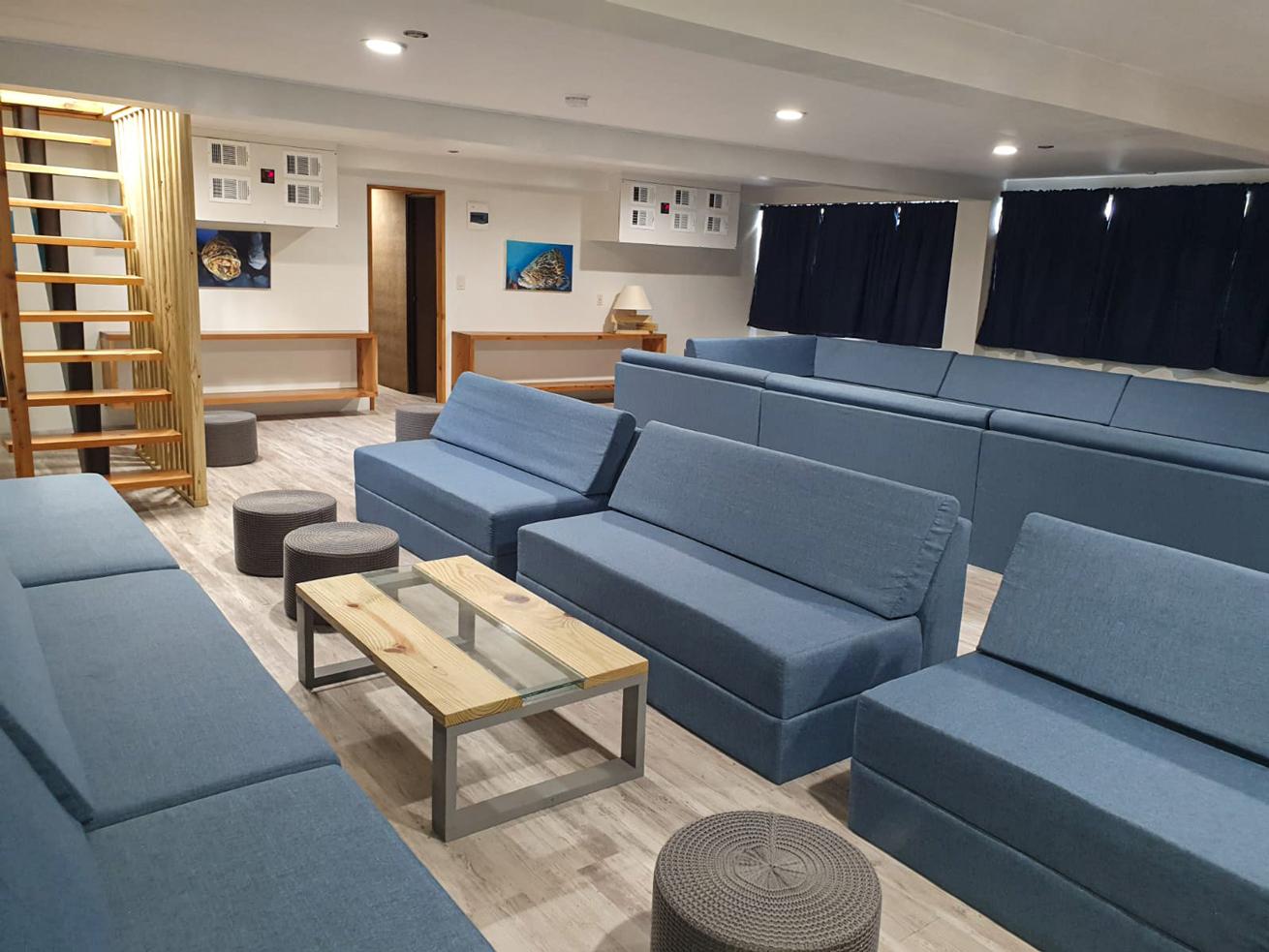
Courtesy All Star LiveaboardsThe salon on Avalon IV is a perfect respite from the heat.
The Boat
Length
190 feet
Passenger-To-Staff Ratio
One dive guide is available for every six guests.
Staterooms/Beds
The 20 spacious cabins feature private bathrooms and plenty of storage. Book a full suite for extra square footage, full windows and direct sun deck access.
Amenities
Avalon IV has a large indoor salon with an Apple computer for offloading and sharing photos, a library featuring a mix of novels and marine biology resources, a large camera table charging station on the dive deck, and a sun deck with two hot tubs.
Food/Drink
All meals are served buffet-style and feature a mix of local Cuban specialties and assorted international dishes. Breakfasts include eggs made to order. Wine is served with dinner, and guests are allowed six specialty drinks (wine, beer and soda) per day. A complimentary mojito is served on the sun deck nightly.
Need to Know Diving Cuba
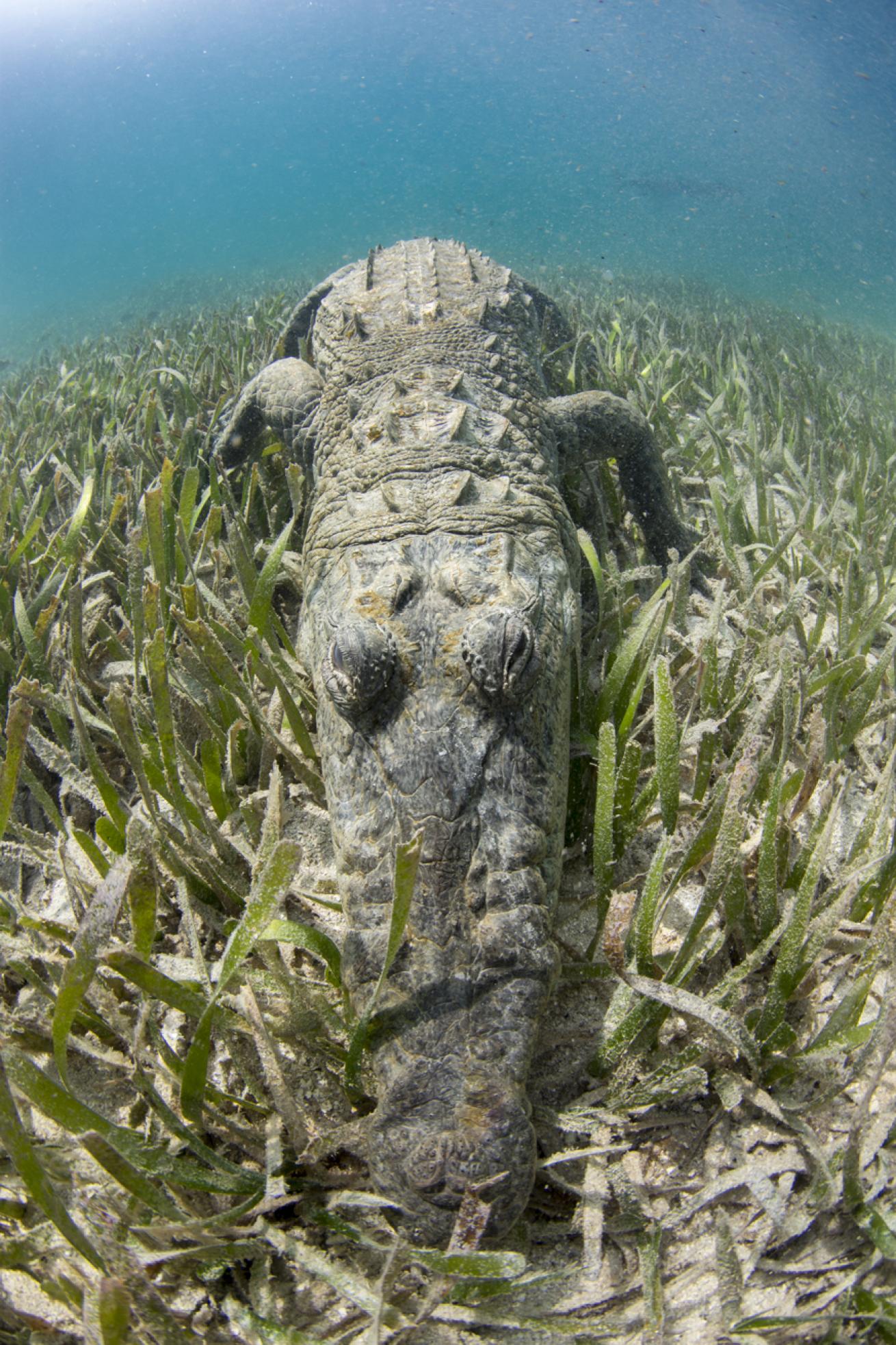
Martin StrmiskaAmerican crocodiles frequent the mangroves in Jardines de la Reina. All Star’s crew can plan a crocodile snorkel for adventure-seeking guests.
When To Go
Cuba is a year-round diving destination, but the dry season (November to April) sees calmer water conditions with better visibility while the air temperature is still relatively cool. July to November is the wet season, when conditions can be rougher and visibility reduced—but it’s also the best time for whale shark encounters.
Conditions
During the dry season, expect calm waters with temperatures around 78 degrees. In the wet season, water temperature warms to 80 to 85 degrees, though increased rainfall and occasional hurricane activity can increase currents, reduce visibility and, in extreme conditions, limit divability.
Topside Fun
Oftentimes, guests will spend morning surface intervals on a remote beach rather than the boat. Here, you’ll encounter hutias—adorably large rodents that emerge from the mangroves as soon as divers arrive. The animals are friendly, but mind your fingers lest they be mistaken for a tasty snack. A sizable population of Cuban rock iguanas and Caribbean hermit crabs also parades the otherwise deserted waterfront.
Certifications/Requirements
Diving in Jardines de la Reina can be enjoyed with an open water certification, though advanced open water certification is recommended, as some dive sites reach depths of 100 feet. Dive accident insurance is required for all guests, and trip insurance is highly recommended.
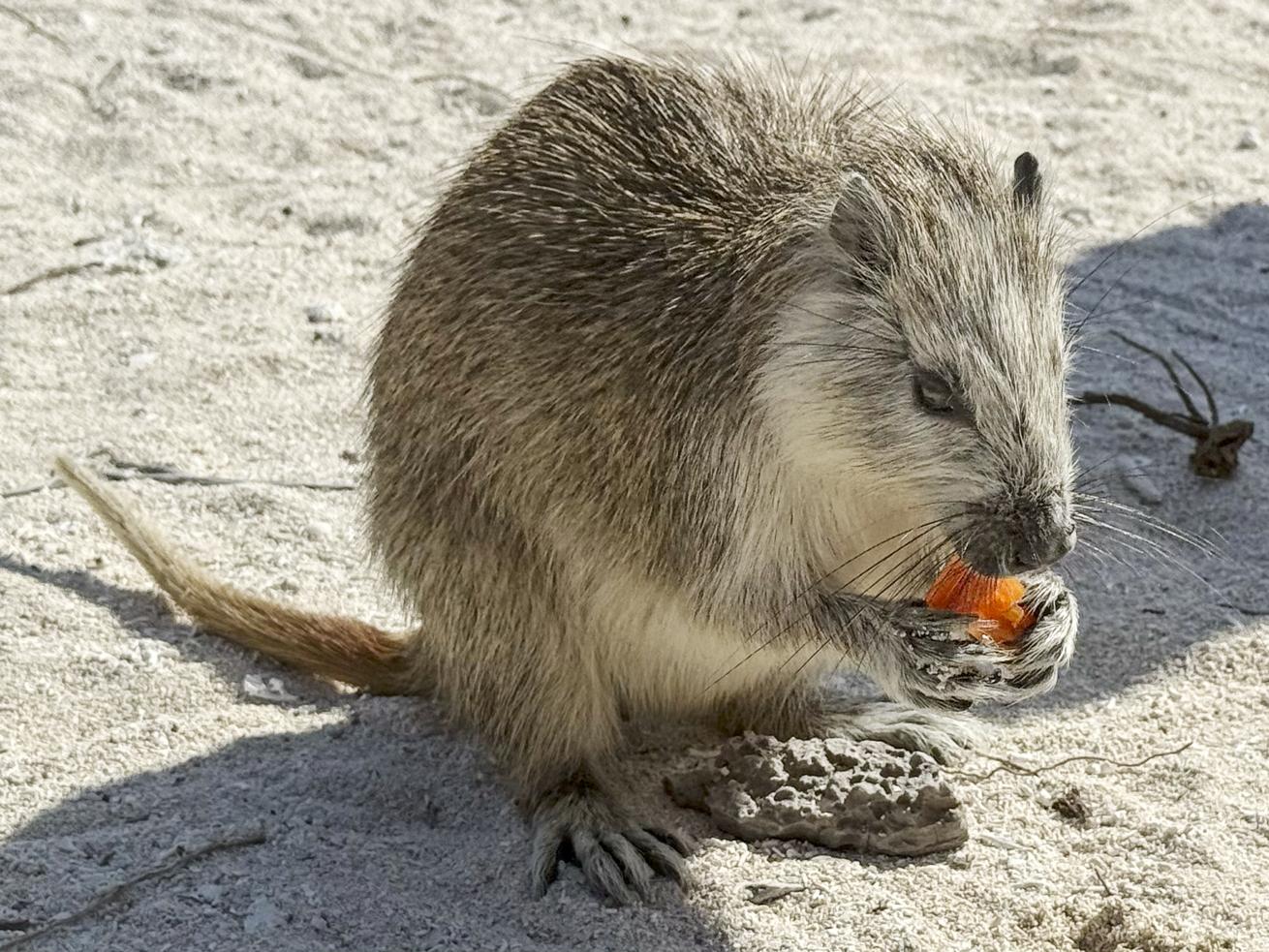
Joshua PramisA hutia nibbles on a piece of fruit.
Gear
Gear rental is available but must be arranged and paid for in advance. In the dry season, a 5 mm wetsuit will keep you warm in the chillier water; opt for something lighter in the wet season, when water temperatures increase. No special equipment is needed, but to participate in a night dive, you must come with two light sources (or arrange to rent them from All Star).
Pricing
A seven-night stay aboard Avalon IV starts at $3,525, based on double occupancy. There is a 65 percent surcharge for single-occupancy bookings; otherwise, All Star will pair you with another guest. This includes accommodations, meals/snacks, six specialty beverages (soda, beer and wine) daily, tanks, weights and up to four dives per day. Airport transfers from Havana and Camaguey are available for a fee. An additional $240 port fee and $120 conservation fee are mandatory.
Contact





